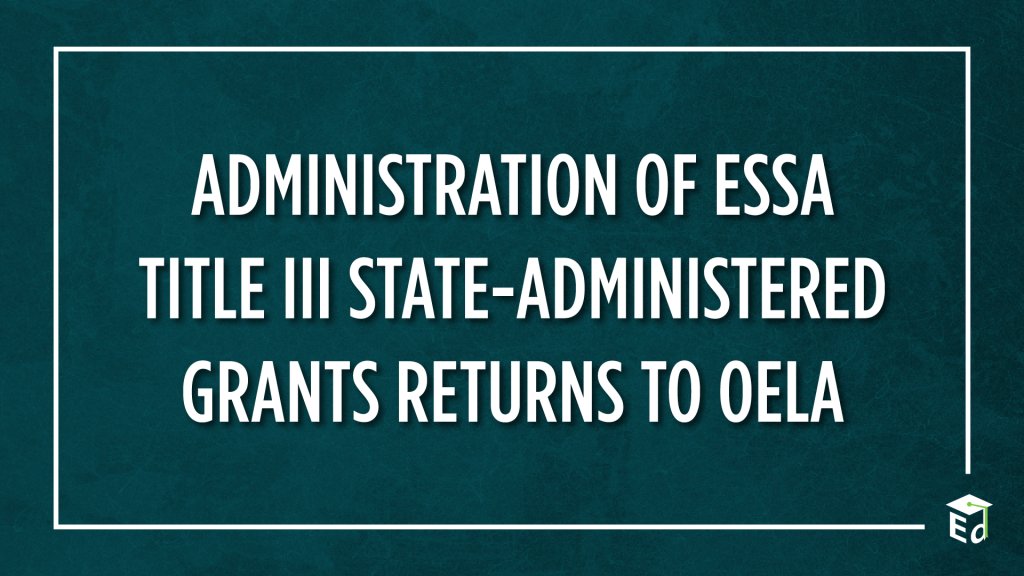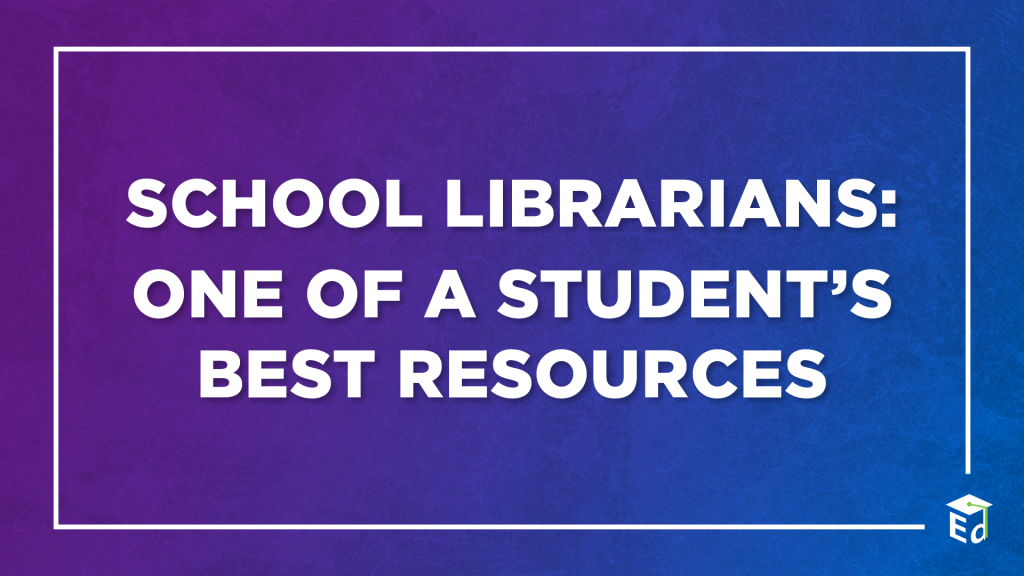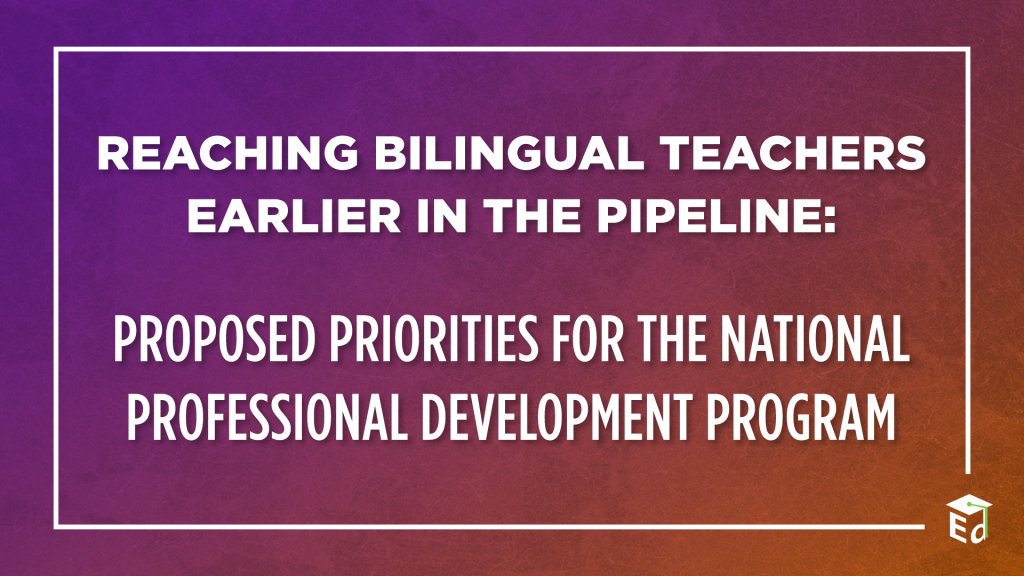
By: Montserrat Garibay, Assistant Deputy Secretary & Director for the Office of English Language Acquisition (OELA)
As part of the Raise the Bar: Lead the World Initiative, the U.S. Department of Education (Department) last month hosted a convening with national and local leaders to discuss the pivotal moment we found ourselves in, as we transform and implement our multilingualism strategy in our day-to-day operations.





